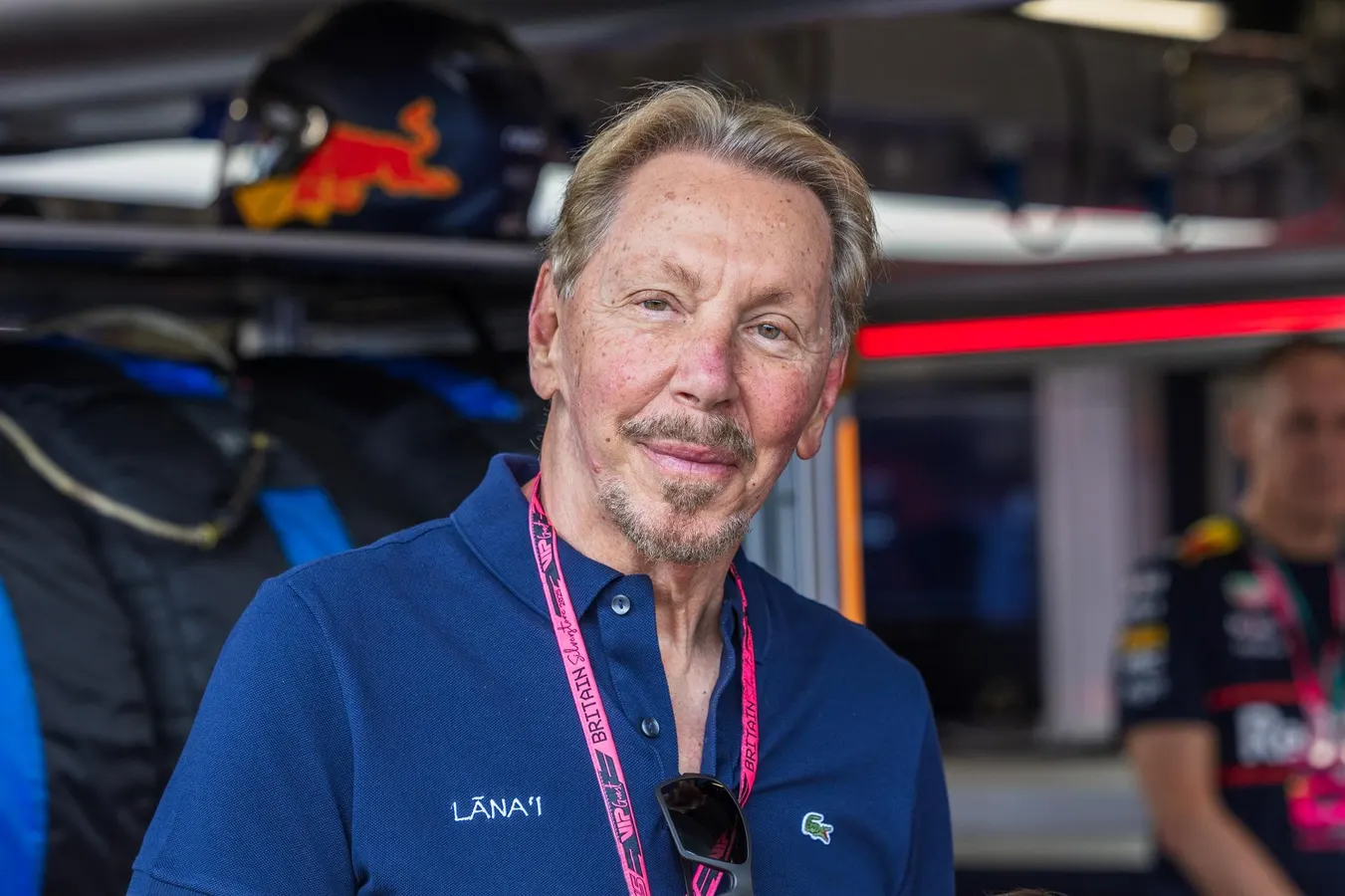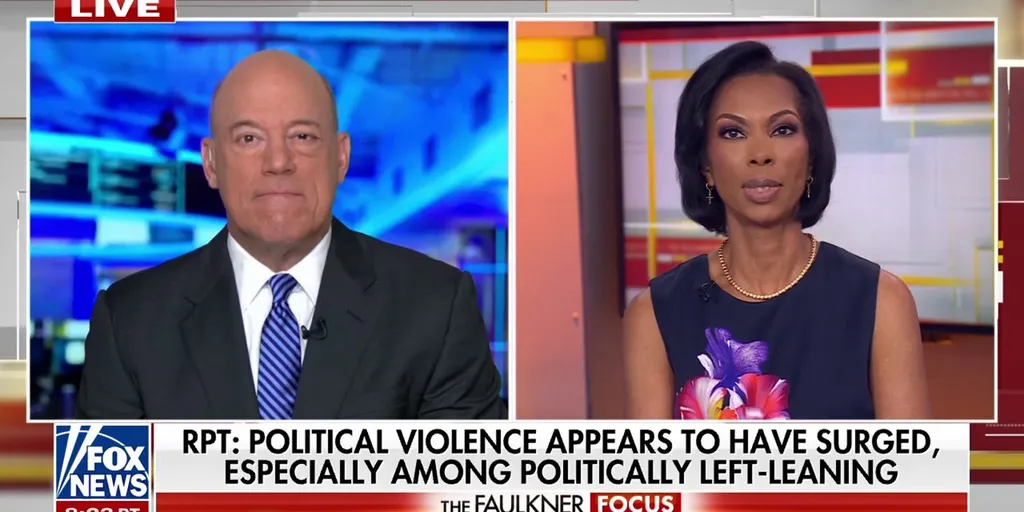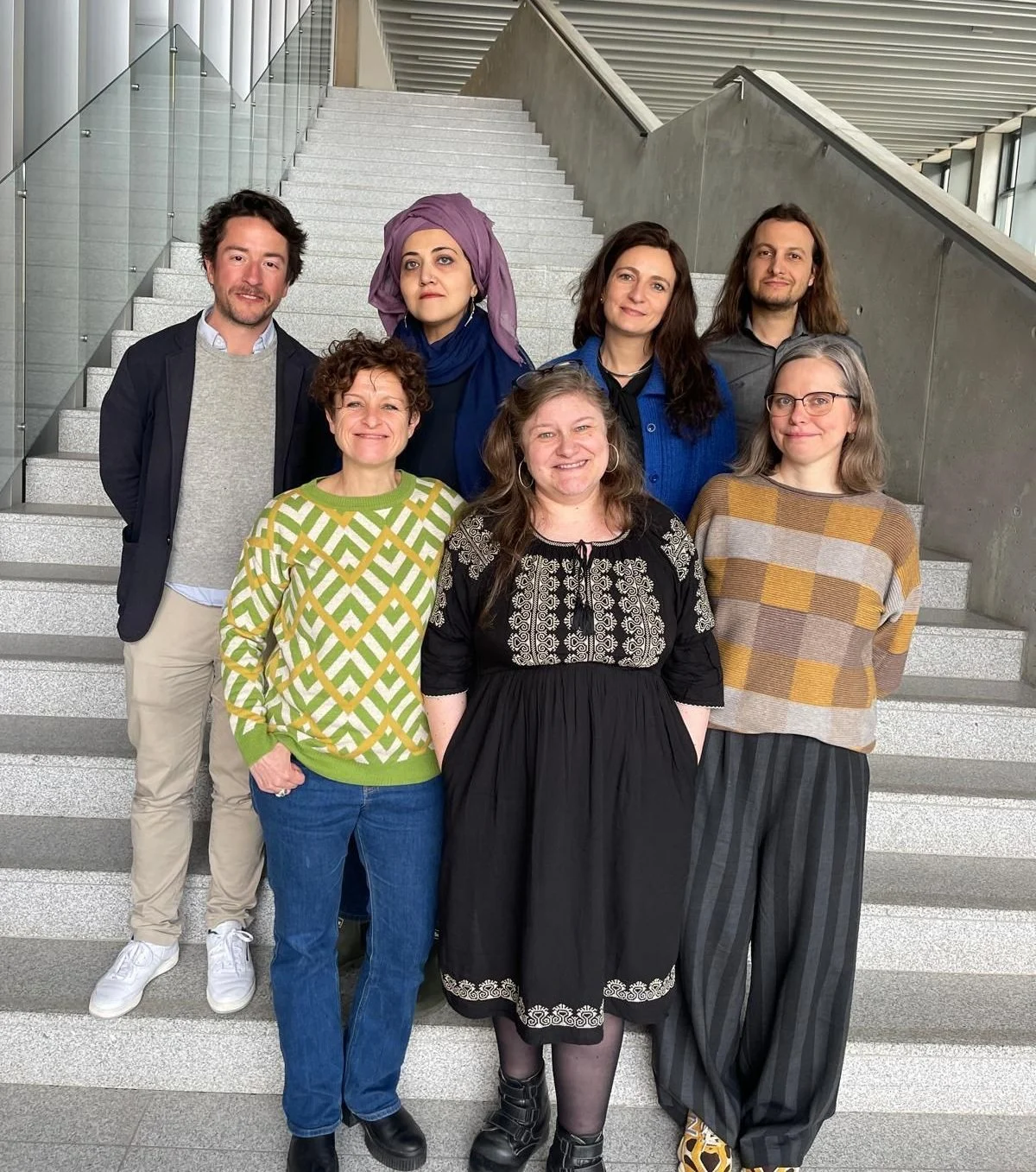By Francois Botha,Senior Contributor
Copyright forbes

Larry Ellison has now stepped into the ranks of the wealthiest based on the growth of Oracle.
SOPA Images/LightRocket via Getty Images
When Larry Ellison’s net worth briefly surpassed Elon Musk’s net worth as the world’s richest person this year, with a net worth of nearly $400 billion, it was tempting to dismiss it as just another change at the top among the ultra-rich. However, when the question arises about who is the richest person in the world, Ellison’s rise to prominence is a slightly different story. Nearly fifty years after co-founding Oracle in 1977, his fortune has been built not by chasing consumer fads, but by developing, owning, and maintaining the infrastructure that drives technological revolutions.
For family offices navigating the AI era, this moment is more than just a curiosity. It’s a lens through which to consider how wealth is truly created and preserved. Ellison’s journey highlights three key elements that matter just as much to families as they do to founders: where you sit in the economic ‘stack’, Venn diagram, but more accurately in the economic pyramid, how you structure ownership and conviction, and how influence and reputation build up over time.
Infrastructure Over Headlines
Oracle’s current surge is tied to its position in AI infrastructure. While headlines focus on the latest consumer-facing models and applications, Oracle provides the industrial-scale computing power those firms cannot build themselves. Its clusters are leased by OpenAI, Elon Musk’s xAI, and others racing to develop artificial intelligence products.
This is the hidden architecture of the digital economy: the pipes rather than the faucets. Like NVIDIA, whose chips have become indispensable to AI training, Oracle profits by supplying the foundation. Its role is less visible than the latest chatbot or photo generator, but it is far more durable.
For families, the lesson is clear. Enduring value is often found beneath the surface of an investment cycle. Allocating capital to logistics, data infrastructure, energy transition, or healthcare platforms may lack glamour but tends to provide resilience. These layers outlast hype, supporting growth long after the headlines move on.
MORE FOR YOU
Conviction with Structure
Ellison’s net worth and wealth is also a story of ownership. At more than 40 percent, his stake in Oracle is unusually concentrated for a global technology company. This was no accident. Over decades, Oracle has engaged in one of the most aggressive share buyback programmes in history, often financed with debt. The result has been to steadily magnify Ellison’s percentage, and therefore his exposure to the company’s fortunes.
Such concentration cuts both ways. His net worth rises and falls by billions with each swing in Oracle’s share price. Yet holding through cycles has proven decisive. Nearly fifty years after founding the business, his conviction has aligned with the market’s recognition of Oracle’s strategic positioning.
For family offices, the message is not to abandon diversification, but to understand how ownership structure shapes outcomes. Concentration can be powerful when paired with governance, liquidity planning, and the discipline to weather volatility. Families who know a sector intimately — whether in real estate, renewable energy, or logistics — may find that conviction, if properly structured, is what allows compounding to take hold.
Influence as Larry Ellison’s Capital
Ellison’s reach extends far beyond Oracle’s balance sheet. His relationships with political leaders from Washington to Jerusalem, his ownership of nearly all of Lanai in Hawaii, and his family’s role in the Skydance-Paramount deal show how capital, culture, and influence reinforce one another. In his case, Larry Ellison’s net worth has become a platform not only for financial returns, but for shaping narratives and ecosystems.
Family offices operate in similar terrain, even if on different scales. Reputation, relationships, and networks now form part of the balance sheet. Influence may open doors to investment opportunities or partnerships that financial capital alone cannot. Just as importantly, reputational missteps can destroy value faster than market downturns.
In an era of polarisation and rapid information flows, stewardship requires recognising that influence and narrative are no longer peripheral. They are central. Families must treat them as assets to be cultivated, protected, and aligned with purpose.
The Patience Dividend
What makes Ellison’s story most instructive is not its scale but its timeline. Oracle was founded in 1977. It has survived technological upheavals, economic crises, and competitive challenges. At times, it was seen as too slow, too entrenched, or too late. Yet nearly fifty years on, in the thick of the AI boom, its relevance is undeniable.
This long arc is familiar to families. Generational wealth is rarely made in five-year increments. It is shaped across decades, through multiple cycles, and by the discipline to hold when others rotate out. Patience, combined with adaptability, is often the most undervalued asset a family can possess.
Stewardship for the AI Age
Ellison’s rise to prominence is not a template for family offices. Few would aspire to his level of concentration, and his approach to influence is not universally well-regarded. Nevertheless, his story serves as a lens, revealing how wealth is constructed layer by layer: the underlying infrastructure, the ownership structures that drive conviction, and the networks of influence that determine outcomes.
For family offices, the stewardship challenge in the AI era is to recognise where enduring value lies. Not in chasing each new application, but in investing where foundations are laid. Not in spreading capital too thinly, but in holding conviction where expertise runs deep. Not in ignoring reputation, but in cultivating influence as carefully as financial capital.
When looking at Larry Ellison net worth, it’s clear that what lies beneath the surface of wealth creation isn’t always apparent in the daily headlines. It’s where infrastructure, ownership, and influence intersect. Families that grasp and invest in this area will be the ones who not only protect their wealth from disruption but also build it into lasting legacies.
Editorial StandardsReprints & Permissions



